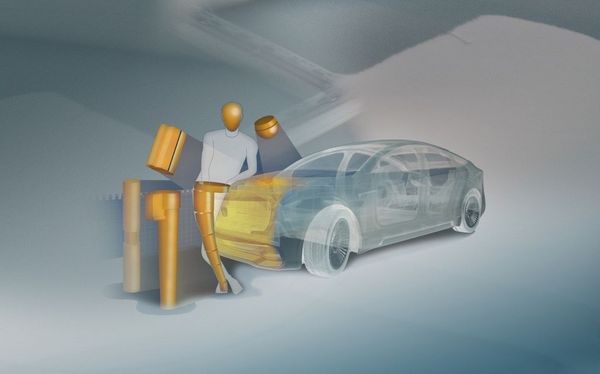
Simulating reality
We are your development partner for functional verification. Through our use of CAE simulation, we efficiently implement complex tasks and innovative ideas. The advantages: we reduce the number of physical prototypes, their costs and expenditure of time, are able to scale the complexity of simulations and increase our flexibility through the rapid recalculation and derivation of measures. The result: innovative technologies whose safety and comfort have been virtually verified – for all sectors.







